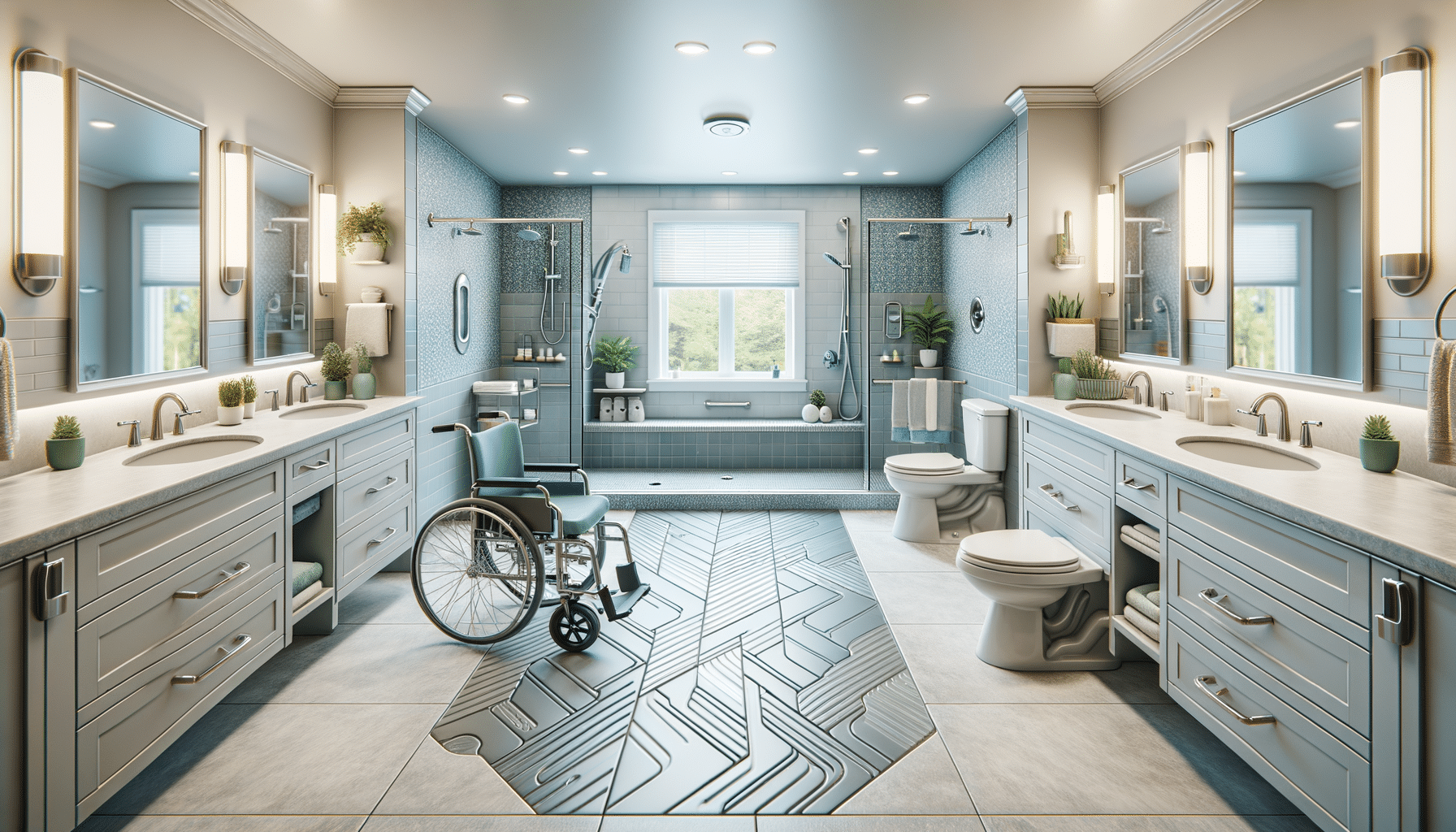
Veterans Bathroom Remodel: Accessible Home Upgrades for Former Service Members
Introduction to Veterans Bathroom Remodel
For many veterans, transitioning back to civilian life can present unique challenges, particularly when it comes to adapting their living spaces to meet new accessibility needs. The bathroom, often overlooked, is a critical area where modifications can significantly enhance safety and comfort. Veterans bathroom remodels are essential for ensuring that former service members can maintain their independence and dignity at home. This article delves into the various aspects of remodeling bathrooms for veterans, focusing on accessibility, safety, and comfort.
Understanding the Needs of Veterans
Veterans often face specific physical challenges due to injuries sustained during service. These can range from mobility issues to sensory impairments, necessitating a thoughtful approach to bathroom design. Understanding these needs is the first step in creating a functional and accessible space. For instance, wider doorways and lower countertops can accommodate wheelchair users, while non-slip flooring and grab bars can prevent falls for those with balance issues. It’s not just about meeting basic requirements but also about creating a space that offers comfort and ease of use.
Moreover, veterans may have specific preferences based on their experiences and lifestyles. Incorporating these preferences into the design process can make the remodel not only functional but also personally meaningful. This might include personalized storage solutions or adaptive technology that caters to individual needs.
Key Features of an Accessible Bathroom
When remodeling a bathroom for a veteran, certain features are crucial to ensure accessibility and safety. Here are some key elements to consider:
- Walk-in Showers: These provide easy access without the need to step over a high threshold, reducing the risk of falls.
- Grab Bars: Strategically placed bars offer support and stability, particularly near the shower, toilet, and bathtub.
- Adjustable Showerheads: These allow for flexibility and can be particularly useful for those who may need to sit while showering.
- Non-Slip Flooring: Essential for preventing slips and falls, non-slip materials should be used throughout the bathroom.
- Lever Handles: Easier to operate than traditional knobs, lever handles are ideal for individuals with limited hand strength.
Each of these features contributes to a safer and more accessible environment, allowing veterans to navigate their bathrooms with greater ease and confidence.
Financial Assistance and Resources
Remodeling a bathroom to meet accessibility standards can be costly, but several resources are available to assist veterans. Various government programs and non-profit organizations offer financial aid and grants specifically for home modifications. For instance, the Department of Veterans Affairs provides grants like the Specially Adapted Housing (SAH) grant, which can be used for home modifications, including bathroom remodels.
Additionally, numerous non-profit organizations are dedicated to helping veterans adapt their homes. These organizations often offer free or subsidized remodeling services, ensuring that veterans can access the modifications they need without financial strain. It is important for veterans and their families to research and apply for these resources to make the remodeling process more affordable.
Conclusion: Enhancing Quality of Life
Veterans bathroom remodels are more than just home improvements; they are about enhancing the quality of life for those who have served. By focusing on accessibility, safety, and comfort, these remodels ensure that veterans can live independently and with dignity. The thoughtful design of these spaces can significantly impact the daily lives of veterans, offering them the freedom to navigate their homes with ease. As we continue to support our veterans, creating accessible living spaces is a meaningful way to honor their service and sacrifice.


